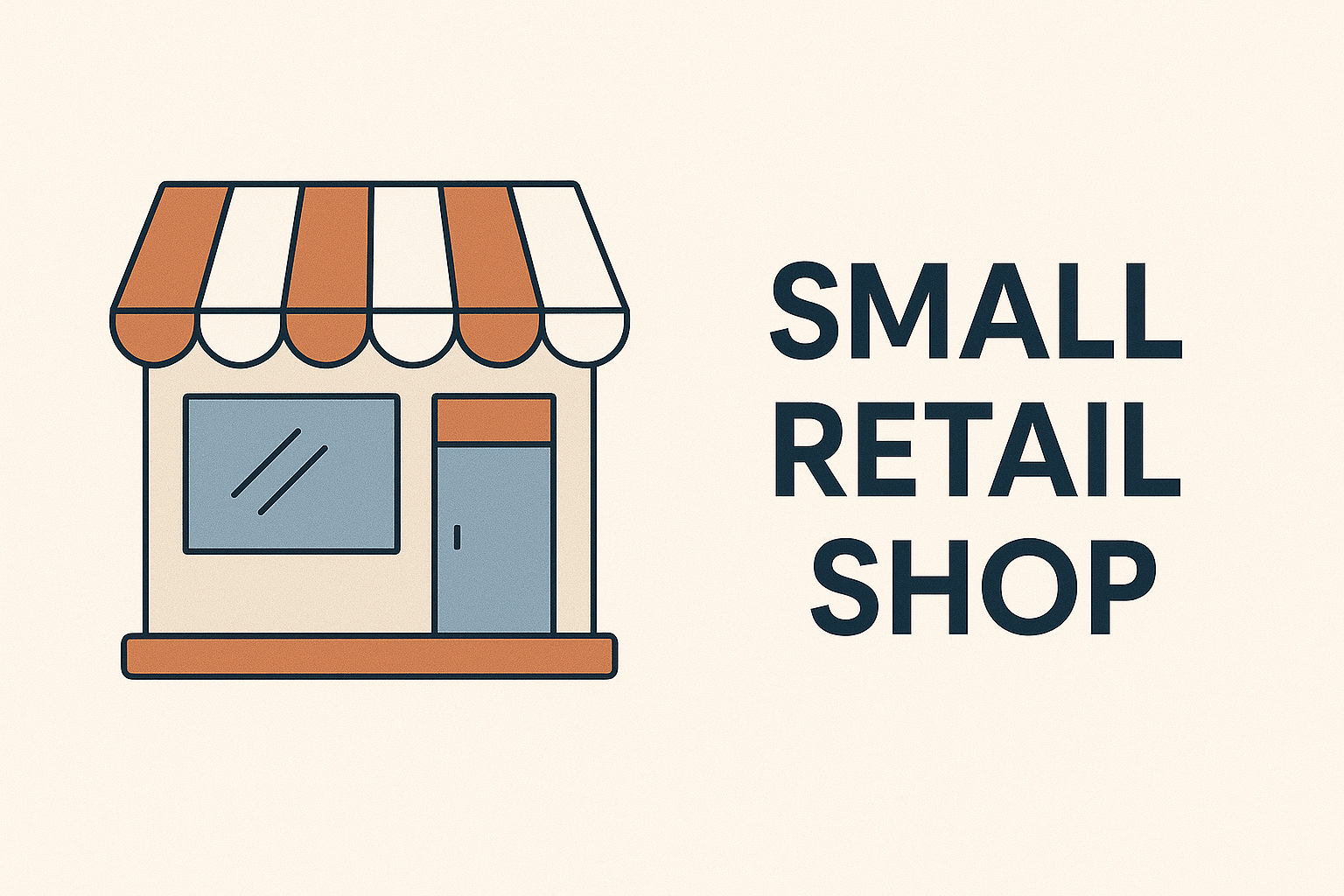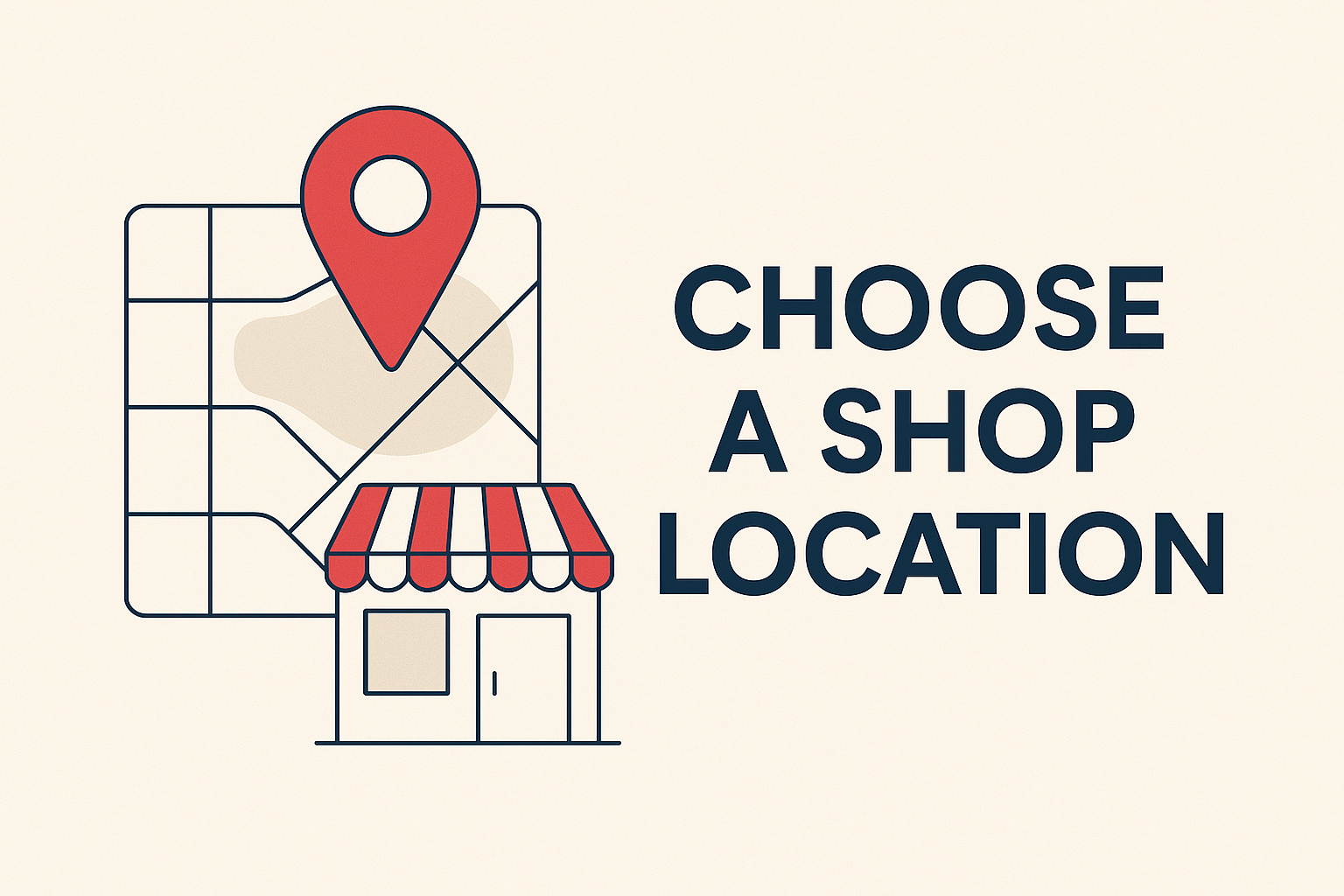How to Start a Small Retail Shop in Uttar Pradesh: Step-by-Step Guide
Starting a small retail shop in Uttar Pradesh can be a rewarding business venture. With a population of over 240 million people, the state offers vast opportunities for entrepreneurs looking to serve local communities with essential goods and services. Whether you want to open a grocery store, clothing boutique, stationery shop, or electronics outlet, the right planning can set you up for long-term success.
In this comprehensive step-by-step guide, we’ll walk you through everything from choosing the right location and completing legal formalities to marketing and growing your retail business.
Why Start a Retail Shop in Uttar Pradesh?
Uttar Pradesh is one of the largest consumer markets in India, and it continues to grow rapidly. Here are a few reasons why opening a shop in UP makes sense:
-
High Footfall in Urban and Semi-Urban Areas: Cities like Lucknow, Kanpur, Varanasi, and Meerut are bustling with commercial activity.
-
Low Setup Costs in Rural Areas: If you’re targeting a rural audience, you can start with lower investments and build loyalty over time.
-
Government Support for Small Businesses: There are schemes like PMEGP, Stand-Up India, and Mudra Loans to help small business owners.
Step 1: Decide the Type of Retail Shop
Before anything else, decide what kind of retail shop you want to open. Some popular options include:
-
Grocery/Kirana store
-
Mobile phone and accessories shop
-
Apparel or fashion boutique
-
Electronics store
-
Gift or stationery shop
-
Bakery or sweets outlet
-
Cosmetics and beauty products
Pro Tip: Pick a category based on your interest, local demand, and profit margin.
Step 2: Research the Market
Conduct a basic market analysis to understand:
-
Who are your competitors?
-
What are people buying in your area?
-
Is there a gap you can fill?
Go around your target location, visit other shops, and talk to potential customers. This will help you choose the right inventory and pricing.
Step 3: Choose the Right Location
Location is one of the most critical factors in retail success. When selecting a spot:
-
Pick a place with high footfall (near schools, markets, or bus stands).
-
Make sure it’s easily accessible.
-
Check for parking space and visibility from the main road.
If your budget is tight, consider a home-based shop in a residential area or a shared shop space.
Step 4: Estimate Capital and Arrange Finances
Start by estimating your total capital needs. Common costs include:
-
Shop rent and security deposit
-
Interior design and basic furnishing
-
Stock and inventory
-
Licensing and registrations
-
Staff salary (if any)
-
Marketing and signage
Funding Options:
-
Self-funding or family loans
-
Mudra Loan under the Pradhan Mantri Mudra Yojana
-
Private banks or cooperative banks
-
NBFCs (Non-Banking Financial Companies)
Step 5: Complete Legal Formalities
To legally operate your shop, you need to follow these steps:
1. Business Registration
Register as a Sole Proprietorship or Partnership Firm. In some cases, you may also register as an LLP or Private Limited Company.
2. Shop and Establishment License
Apply for a Shop and Establishment Act license from your local municipal office. This is mandatory in most towns and cities.
3. GST Registration
If your annual turnover exceeds ₹40 lakh (₹20 lakh for some states), GST registration is mandatory.
4. Trade License
Certain types of shops (like food or medical) require a trade license.
5. FSSAI License (for food shops)
If you’re selling packaged or edible goods, apply for a basic FSSAI license.
Step 6: Set Up the Shop Interior
Designing your store for a good customer experience is important for sales and branding. Keep in mind:
-
Use good lighting and clear signboards
-
Ensure proper shelving and product display
-
Provide ventilation and cleanliness
-
Maintain a cash counter or billing desk
-
Optionally use POS (Point of Sale) systems
A small, neat, and well-organized shop is better than a large, cluttered one.
Step 7: Purchase Initial Inventory
Now, source your products from wholesalers or distributors. Some tips:
-
Start with popular and fast-moving items
-
Avoid overstocking in the beginning
-
Compare 2–3 suppliers before finalizing
-
Ask for credit period or bulk discounts
Maintain a list of suppliers, rates, and delivery schedules.
Step 8: Hire and Train Staff (If Needed)
If you need help running the shop:
-
Hire one or two staff members (depending on shop size)
-
Train them in customer service, billing, and inventory handling
-
Set clear roles and responsibilities
Good staff can help build trust and encourage repeat customers.
Step 9: Market Your Retail Shop
Marketing doesn’t need to be expensive. Start small:
Offline Marketing
-
Distribute pamphlets in the local area
-
Offer opening-day discounts
-
Place banners near schools, temples, or markets
Online Marketing
-
Create a Google Business Profile
-
List your shop on Justdial, IndiaMART, or WhatsApp Business
-
Post regularly on Instagram and Facebook to reach local youth
Pro Tip: Collect phone numbers and send WhatsApp updates or discount alerts.
Step 10: Maintain Inventory and Finances
Use basic tools like Excel or free apps like Vyapar, KhataBook, or myBillBook to:
-
Track sales and expenses
-
Maintain daily inventory records
-
Calculate profit/loss
-
Manage customer credit
Keeping financial discipline will help you grow sustainably and even get loans in the future.
Step 11: Focus on Customer Retention
Once customers start coming in:
-
Greet them politely and ask for feedback
-
Keep your shop clean and organized
-
Offer small freebies or loyalty cards
-
Ensure product quality and timely availability
A satisfied customer is your best advertisement.
Step 12: Plan for Growth
Once your shop is running smoothly for a few months:
-
Add new product lines based on demand
-
Introduce home delivery for nearby areas
-
Tie up with online delivery platforms (like Dunzo, Blinkit)
-
Open a second outlet in another locality
You can also apply for a larger loan to upgrade the shop.
Common Mistakes to Avoid
-
Choosing the wrong location just because rent is low
-
Overstocking or buying non-moving items
-
Not maintaining daily records
-
Ignoring licenses or permits
-
Not training your staff
Conclusion: Build Slowly, Grow Steadily
Starting a small retail shop in Uttar Pradesh is very achievable, even on a tight budget. The key is to:
-
Understand local needs
-
Deliver consistently
-
Maintain legal compliance
-
Keep improving the customer experience
With smart planning and hard work, your retail business can grow from a one-room store to a well-known brand in your area.
FAQs: Starting a Retail Shop in UP
Q1: What is the minimum investment needed?
A basic retail shop can be started with ₹50,000 to ₹2 lakh, depending on size and location.
Q2: Can I start a shop from home?
Yes, especially in residential colonies or small towns.
Q3: How much can I earn monthly?
Profits vary by business type. A small grocery or mobile shop can earn ₹15,000–₹50,000/month or more.
Q4: Is GST required?
Only if turnover exceeds ₹40 lakh (₹20 lakh in some areas), but it’s good to register early if you plan to grow.



